1. Design and PlanningRequirements Analysis: Understand client needs and environmental conditions. Concept Design: Create initial sketches and digital models considering weather resistance and functionality. Technical Specifications: Define hardware components such as touchscreens, processors, and payment systems. | 2. PrototypingMaterial Selection: Choose durable materials like stainless steel and reinforced glass. Prototype Development: Build a prototype to test design and durability, ensuring it can withstand outdoor conditions. |
3. Component SourcingHardware Components: Source high-quality touchscreens, processors, memory, and payment systems from reputable suppliers. Weatherproofing Elements: Acquire seals, coatings, and enclosures designed to protect against rain, wind, and extreme temperatures. | 4. AssemblyFrame Construction: Assemble the kiosk frame using robust materials. Integration of Components: Install touchscreens, processors, memory, payment systems, barcode scanners, and receipt printers. Weatherproofing: Apply seals, coatings, and protective enclosures to all components. |
5. Software IntegrationOperating System: Install a suitable operating system like Windows or Android. Custom Software: Integrate custom applications for transactions, product browsing, ticketing, and information dissemination. Testing: Conduct thorough software tests to ensure functionality and user-friendliness | 6. Testing and Quality ControlDurability Testing: Simulate various weather conditions to ensure the kiosk can withstand outdoor elements. Functionality Testing: Check all components, including touchscreens, payment systems, and connectivity. Compliance Checks: Ensure the kiosk meets industry standards and regulations for safety and performance. |
7. CustomizationBranding: Apply custom graphics, logos, and color schemes to align with the client’s brand identity. Additional Features: Add optional features like cameras, speakers, or additional security measures based on client needs. | 8. Shipping and InstallationPackaging: Securely package the kiosks to prevent damage during transportation. Delivery: Ship the kiosks to the client’s location. Installation: Provide professional installation services to set up the kiosks at the designated sites. |
User Training: Train client staff on operating and maintaining the kiosks.
Ongoing Support: Offer maintenance services, software updates, and technical support to ensure long-term performance.
By following these steps, manufacturers produce high-quality outdoor retail kiosks that are durable, functional, and tailored to meet the specific needs of businesses and enhance the outdoor customer experience.
Touchscreen Display: High-brightness, anti-glare touchscreens that are visible in direct sunlight and resistant to harsh weather conditions.
Processor and Memory: Robust processors (e.g., Intel i5/i7) with ample RAM (8GB or more) for smooth operation.
Durable Enclosure: Weatherproof, rust-resistant materials like stainless steel and reinforced glass to protect internal components.
Payment Systems: Integrated credit card readers, NFC, and mobile payment options for secure transactions.
Barcode Scanners: For quick product identification and inventory management.
Receipt Printers: To provide transaction receipts to customers.
Connectivity: Wi-Fi, Ethernet, Bluetooth, and USB ports for seamless communication and peripheral integration.
Security Features: Surveillance cameras, encryption technologies, and secure locks to protect against theft and vandalism.

Operating System: Reliable systems like Windows or Android tailored for kiosk applications.
User Interface: Intuitive, customizable UI for easy navigation and interaction.
Payment Processing Software: Secure platforms that support various payment methods and ensure data protection.
Inventory Management: Real-time tracking and updating of product availability.
Customer Relationship Management (CRM): Software to collect and analyze customer data, enhancing marketing efforts.
Content Management System (CMS): For updating advertisements, promotions, and informational content remotely.
Reporting and Analytics: Tools to generate reports on sales, customer interactions, and kiosk performance.
Remote Monitoring: Software for diagnosing issues, performing updates, and managing kiosks from a central location.

Product Sales: Allows customers to browse and purchase products directly from the kiosk.
Ticketing: Facilitates the sale and distribution of event tickets, transit passes, and entry tickets.
Order Pickup: Enables customers to pick up online orders by scanning a QR code or entering a confirmation number.
Bill Payments: Provides a convenient way to pay utility bills, parking fees, and other services.
Information Access: Displays store directories, maps, event schedules, and promotional content.
Customer Feedback: Collects customer reviews and feedback through surveys and rating systems.
Loyalty Programs: Allows customers to sign up for and access loyalty programs, earning rewards and discounts.
Advertising: Showcases advertisements, special offers, and brand promotions to attract customers and increase sales.
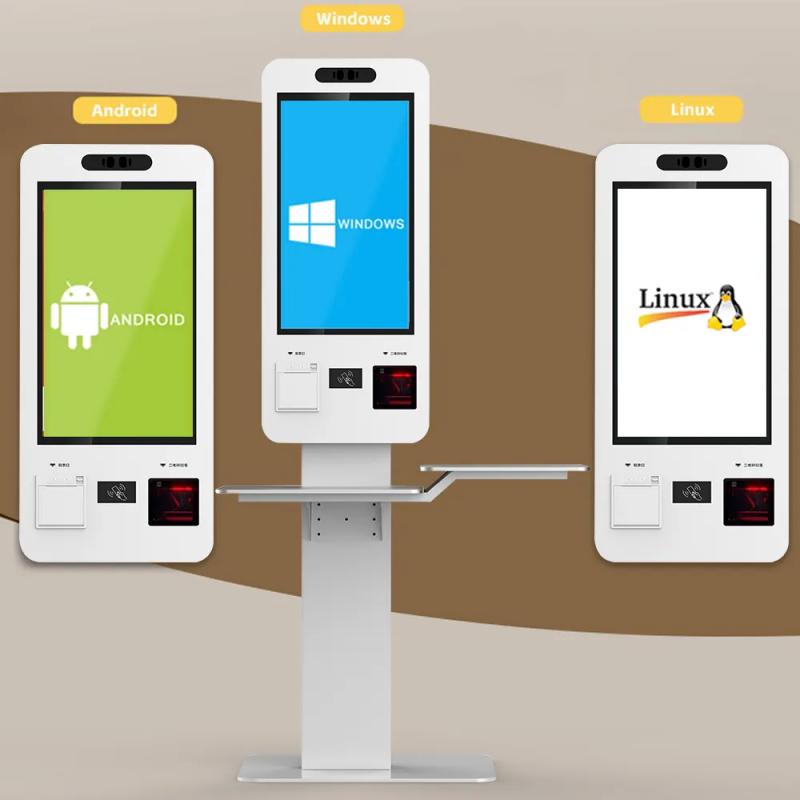
Increased Accessibility: Provides 24/7 access to products and services, enhancing convenience for customers.
Reduced Wait Times: Streamlines transactions, reducing queues and wait times in stores.
Enhanced Customer Experience: Offers a user-friendly interface and self-service options, improving overall satisfaction.
Cost Efficiency: Lowers labor costs by automating routine tasks and reducing the need for additional staff.
Boosted Sales: Encourages impulse purchases and increases sales through engaging and interactive displays.
Data Collection: Gathers valuable customer data and insights for better marketing and business strategies.
Improved Operational Efficiency: Automates inventory management, order processing, and payment handling, leading to smoother operations.
Brand Visibility: Customizable designs and advertisements increase brand awareness and visibility in high-traffic areas.
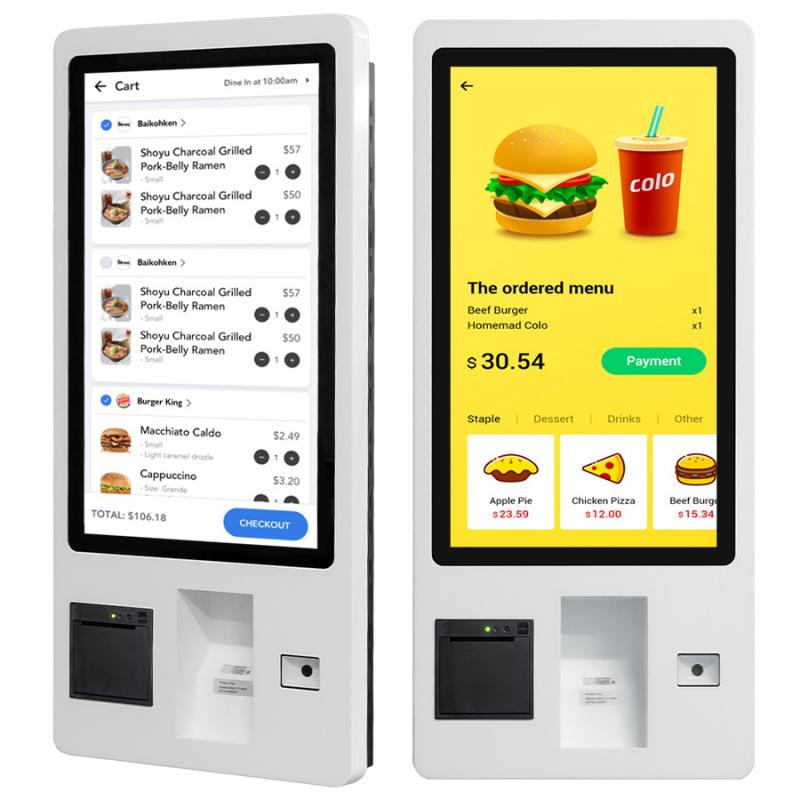
An outdoor retail kiosk becomes the first choice in several scenarios:
High Foot Traffic Areas: Ideal for locations with significant pedestrian traffic such as shopping malls, transit stations, parks, and tourist attractions, where they can capture a large audience.
Extended Hours of Operation: Suitable for businesses that require 24/7 operations, providing continuous service without the need for additional staff.
Space Constraints: Effective in areas where traditional retail spaces are limited or too expensive, allowing businesses to operate in smaller, flexible footprints.
Enhanced Customer Convenience: Perfect for businesses aiming to offer quick, self-service options to customers, reducing wait times and improving the overall shopping experience.
Cost Efficiency: Beneficial for startups or small businesses looking to minimize overhead costs by reducing the need for full-time employees.
Brand Expansion: Useful for established brands wanting to expand their presence in new locations without the significant investment required for full-scale stores.
Seasonal or Temporary Operations: Ideal for seasonal businesses or temporary setups, such as holiday markets, fairs, or promotional events, providing flexibility and mobility.
Data Collection Needs: Valuable for businesses that want to gather customer data and insights through interactive surveys and transaction tracking, aiding in targeted marketing and decision-making.

| Component | Specification |
|---|---|
| Display | High-brightness, anti-glare touchscreen (10-32 inches) |
| Processor | Intel i5/i7 or equivalent |
| Memory | 8GB RAM or more |
| Storage | 128GB SSD or more |
| Operating System | Windows, Android, or custom OS |
| Payment Systems | Integrated card reader, NFC, mobile payment support |
| Barcode Scanner | 2D/QR code scanner |
| Receipt Printer | Thermal printer for receipts |
| Connectivity | Wi-Fi, Ethernet, Bluetooth, USB ports |
| Enclosure | Weatherproof, rust-resistant materials |
| Security | Data encryption, secure locks, optional cameras |
| Power Supply | AC power with battery backup |
| Audio | Speakers for sound notifications |
| Temperature Range | Operational from -20°C to 50°C |
| Additional Features | Remote monitoring, content management system |
1. Define RequirementsDetermine the primary functions, location, and specific needs of your kiosk (e.g., ticketing, product sales, information dissemination). | 2. Research ProvidersLook for reputable kiosk manufacturers with experience in outdoor retail kiosks. Read reviews, request references, and examine case studies of their previous projects. | 3. Request ProposalsContact multiple providers to get detailed proposals, including specifications, customization options, pricing, and delivery timelines. |
4. Evaluate OptionsCompare the proposals based on design, functionality, customization, cost, and after-sales support. Ensure the kiosk meets your business requirements and environmental conditions. | 5. Customization and BrandingWork with the chosen provider to customize the kiosk according to your brand identity, including colors, logos, and additional features like payment systems and software applications. | 6. Finalize AgreementReview and finalize the contract, ensuring all details regarding customization, delivery, installation, training, and support are clearly outlined. |
7. Installation and SetupSchedule the delivery and professional installation of the kiosk at your location. Ensure the installation includes proper setup, testing, and initial training for your staff. | 8. Training and SupportProvide comprehensive training for your staff on how to operate and maintain the kiosk. Ensure ongoing support and maintenance services are in place to handle any future issues or updates. | 9. Launch and MonitorLaunch the kiosk and monitor its performance. Gather customer feedback and make necessary adjustments to improve user experience and operational efficiency. |
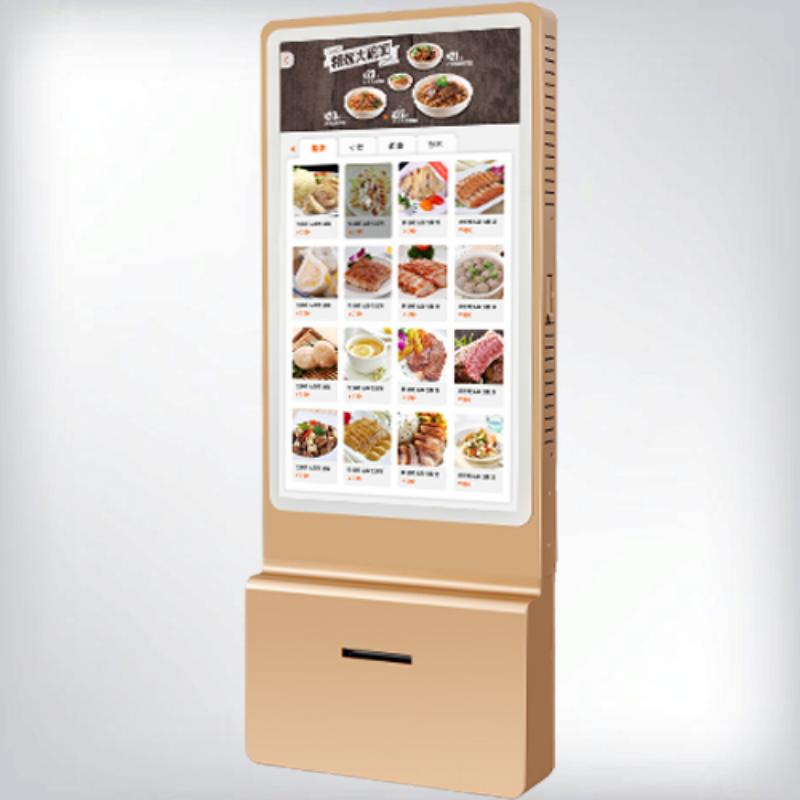
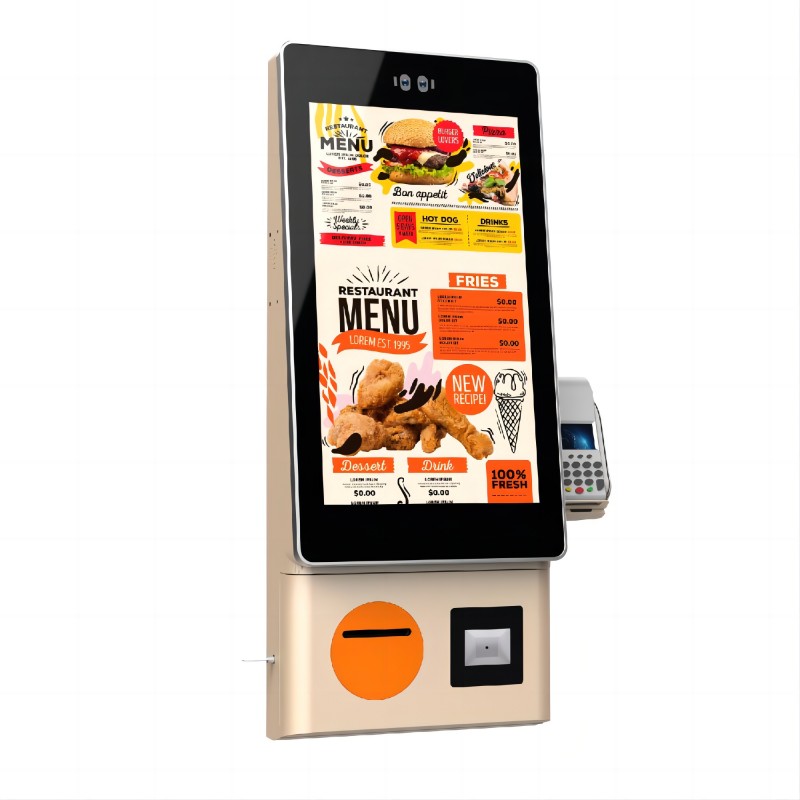


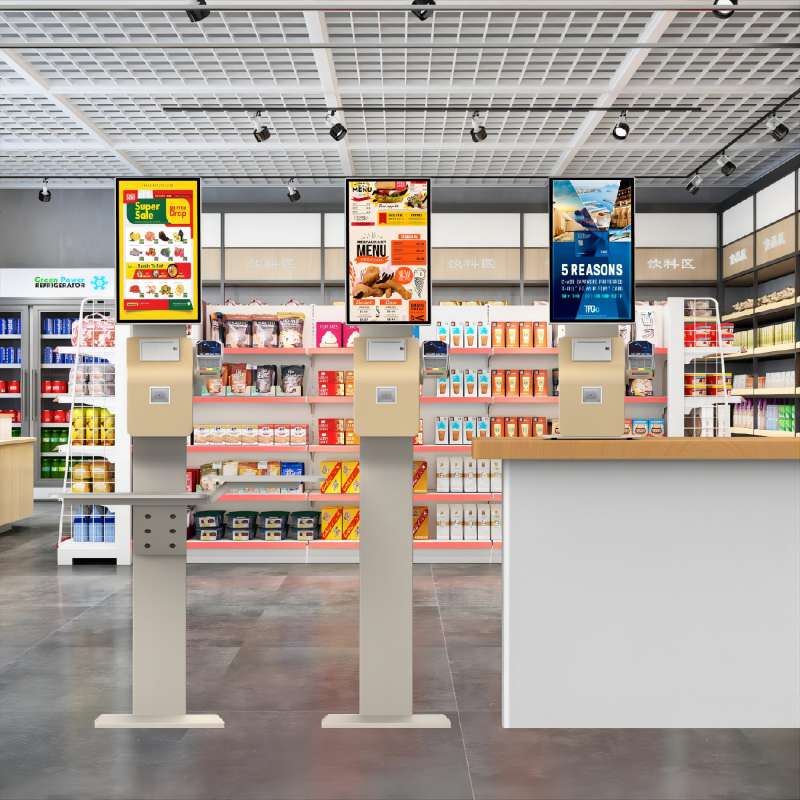
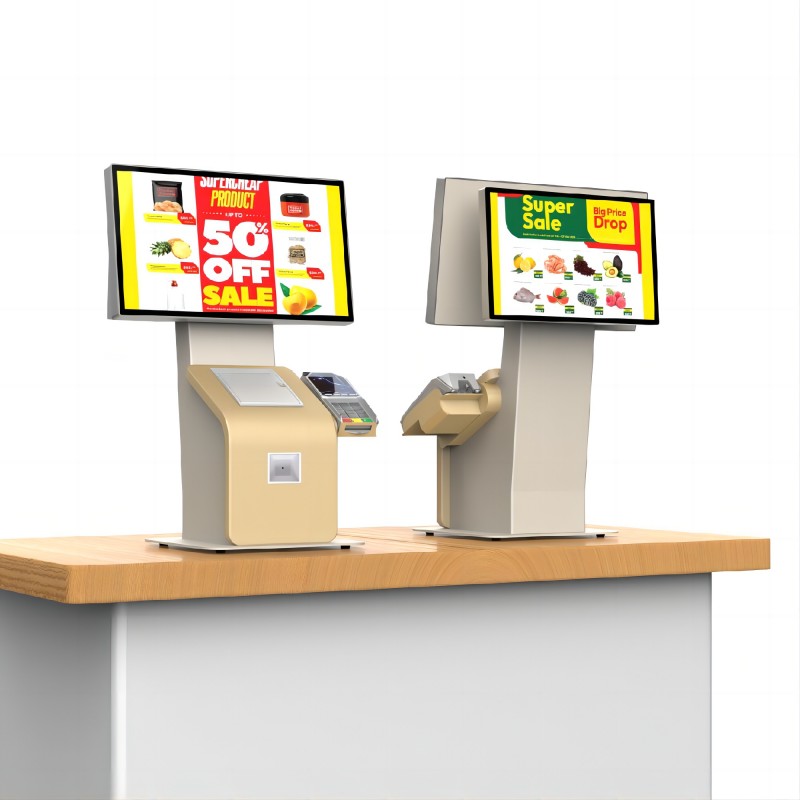
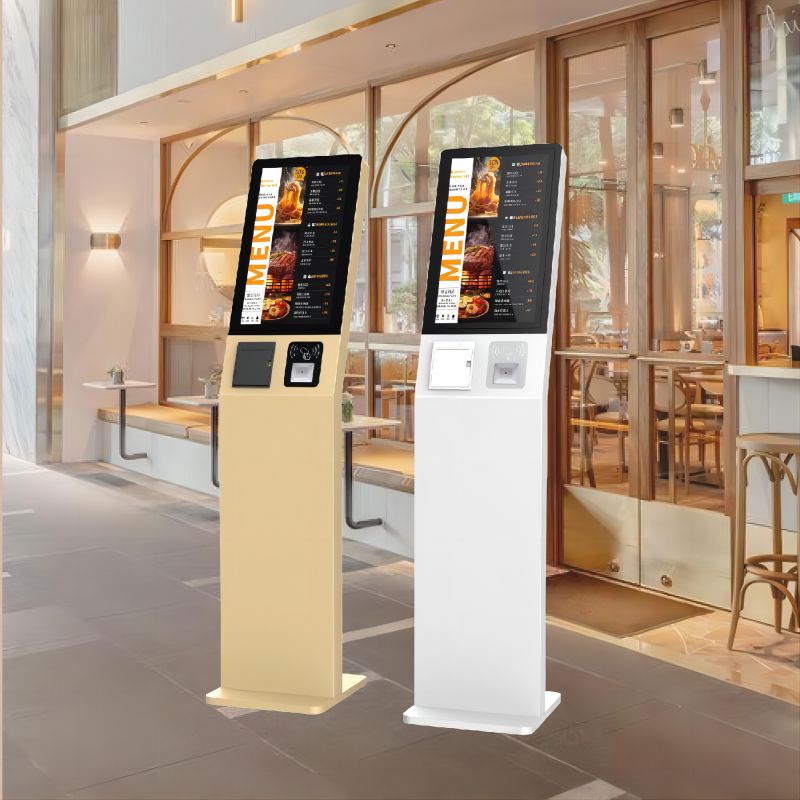
What did our happy clients say?
The outdoor retail kiosk has been a game-changer for us. They're durable, user-friendly, and perfectly suited for our high-traffic location. The installation was seamless, and the customer support has been outstanding.
We love our new outdoor kiosk! They handle the weather perfectly, and our customers appreciate the 24/7 access to products. The customization options really helped us match our branding. Highly recommended!
These outdoor retail kiosks have significantly reduced our operational costs while increasing sales. The touchscreens are responsive even in direct sunlight, and the secure payment systems give our customers confidence. Great investment!
Our outdoor retail kiosk has enhanced our customer service immensely. The setup was quick and professional, and the kiosks are robust enough to withstand our harsh weather conditions. Excellent product and support!